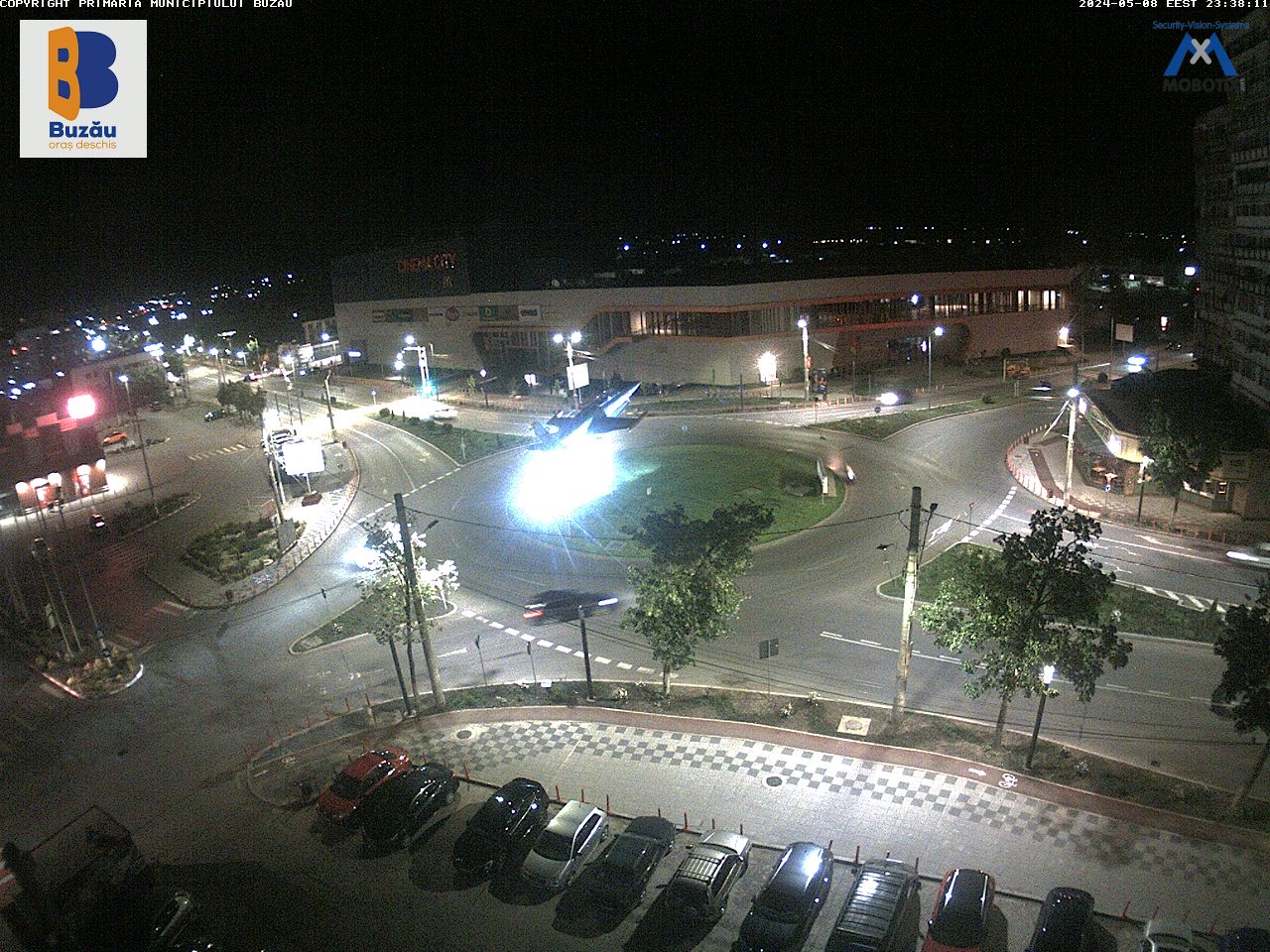Buzău, the county seat of the similarly named county in the Muntenia region of Romania, has a rich and varied history. Initially an important market town in the Middle Ages, the city was founded around a fortress and became a certified customs point during the reign of Voivode Dan al II-lea of Wallachia.
Throughout the centuries, Buzău has gone through numerous periods of growth and decline, due to both political and military factors, as well as natural disasters. The city has been rebuilt several times, and its coat of arms, featuring the Phoenix bird, symbolizes this capacity for rebirth. In the 19th century, Buzău experienced a period of economic and cultural prosperity. Iconic buildings such as the County Palace were constructed, and the city became an important railway hub. Schools and theaters were established, and industrial activity began to develop. The interwar period brought new advancements in various fields, and during World War I, Buzău was temporarily occupied by German troops.

